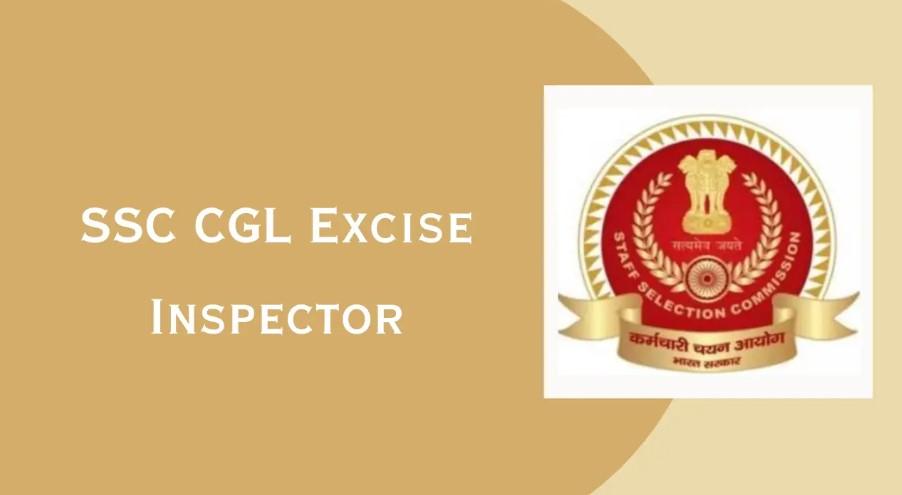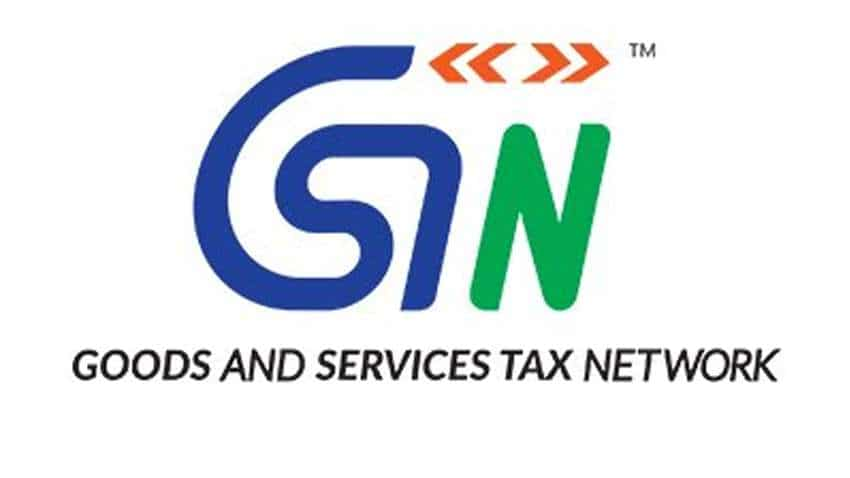Yes, GST on Mobile phones can be claimed under certain conditions. But before talking about who can claim and how to claim, let us read through a few basic terminologies for a better understanding of the topic.
What is an input tax credit in GST?
Input Tax credit (ITC) means the taxes paid at the time of purchase will be adjusted with the amount of output tax (sales tax) and balance liability of tax (sales tax minus purchase tax) has to be paid to the government. In simple words, when you buy a product/service from a registered dealer you pay taxes on the purchase. On selling it to consumers, you collect the tax.
Example:
A supplies goods to B and he collects Rs 3,000 from B against GST and pays the same to the government. B further sells the goods to C and he collects Rs 6000 as GST from C.
Since B had paid GST on inputs, he can claim an input tax credit of an amount equal to the GST paid on the inputs i.e. Rs 3,000. The balance of Rs 3,000 is paid to the Govt. by B. Lastly, C, the final consumer pays GST of Rs 6000 to B.
This shows that the tax that each of them has paid can be set off against their respective tax liabilities on output. This helps in the removal of the cascading effect of taxes that existed in the former indirect tax system.
Who can claim ITC?
A person who has registered under GST can claim input Tax Credit only if the following conditions are met. And yes, the mobile phones/ laptops would be covered under the ITC as they are used in the furtherance of business.
- The phone should be purchased for business purposes
- The dealer should provide a tax invoice with their company name, address, GST number, HSN number of the phone, GST tax rate, and GST amount charged along with the buyer’s company name, address, GST number
- The said mobile device has been received
- GST returns filed by supplier
- The supplier has paid the tax charged to the government
- In case the mobile phone has been purchased in installments ITC can be claimed only when the last lot is received
Currently, the GST rate on any mobile phone is 18% and the HSN code is 8517. Before GST was introduced, excise and VAT were charged on mobile phones wherein the VAT rates varied from state to state, so it was difficult to set a uniform price for the mobile phones. After GST came into the picture, it was easy to set a uniform price for a mobile phone as the tax rate is the same across the country. This helped in removing the cascading effect on taxes.
Claiming ITC of Iphones
ITC of Iphones can be claimed as Capital Goods in your business. It can be claimed only if you are using it for business purpose and registered under GST as Business. If you are salaried, you cannot claim ITC of Iphones
In this post, we’ll look at how Capital Goods are taxed in GST by using the iPhone as an example (Capital Good)
MEANING OF CAPITAL GOODS
(19) “capital goods” means goods, the value of which is capitalised in the books of account of the person claiming the input tax credit and which are used or intended to be used in the course or furtherance of business
CONDITIONS TO AVAIL ITC
“Section 16 (2) Notwithstanding anything contained in this section, no registered person shall be entitled to the credit of any input tax in respect of any supply of goods or services or both to him unless,––
(a) he is in possession of a tax invoice or debit note issued by a supplier registered under this Act, or such other tax paying documents as may be prescribed;
(b) he has received the goods or services or both.
Explanation.—For the purposes of this clause, it shall be deemed that the registered person has received the goods where the goods are delivered by the supplier to a recipient or any other person on the direction of such registered person, whether acting as an agent or otherwise, before or during movement of goods, either by way of transfer of documents of title to goods or otherwise;
(c) subject to the provisions of section 41, the tax charged in respect of such supply has been actually paid to the Government, either in cash or through utilisation of input tax credit admissible in respect of the said supply; and
(d) he has furnished the return under section 39: Provided that where the goods against an invoice are received in lots or instalments, the registered person shall be entitled to take credit upon receipt of the last lot or instalment”
…………………………………………
The following requirements which are set forth in section 16(2) of the CGST Act, must be met in order to claim input tax credit for Capital Goods.
1. The Capital Goods has been capitalised in books of account of the person and
2. The Capital Goods are used or intended to be used in the course or furtherance of business.
Yes, on a cursory examination of section 16-21 of the CGST Act, we can see that by claiming ITC and utilising it to our output tax liability, we may lower the Cost of a Capital Goods, such as an iPhone. Indirectly we will find that ITC so availed and utilised will not form a part of your expense but things don’t end here.Once you claim ITC do not forget it because the government won’t let you off easily
Any capital products you buy, such as a mobile phone, have a separate life. Laptop (about 2-3 years) Approximate furniture lifespan (4 years to 10 years) on average, although the government has mandated a 5-year life for all Capital Goods under GST. The five-year period begins on the day the invoice was created. Now, if we consider the IPhone to be a Capital Good the following may arise:
Whether or not the person will use the phone for the following five years?
What happens if the person sells the phone before the five-year period is up?
Is reversal of ITC mandatory?
What are the tax implications of such a transaction?
Analysing the Section which talks about the reversal of ITC in certain cases
“Section 18 – Availability of credit in special circumstances
(6) In case of supply of capital goods or plant and machinery, on which input tax credit has been taken, the registered person shall pay an amount equal to the input tax credit taken on the said capital goods or plant and machinery reduced by such percentage points as may be prescribed or the tax on the transaction value of such capital goods or plant and machinery determined under section 15, whichever is higher
Rule 44 – Manner of reversal of credit under special circumstances
(1) The amount of input tax credit relating to inputs held in stock, inputs contained in semi-finished and finished goods held in stock, and capital goods held in stock shall, for the purposes of sub-section (4) of section 18 or sub-section (5) of section 29, be determined in the following manner, namely,-
(a) for inputs held in stock and inputs contained in semi-finished and finished goods held in stock, the input tax credit shall be calculated proportionately on the basis of the corresponding invoices on which credit had been availed by the registered taxable person on such inputs;
(b) for capital goods held in stock, the input tax credit involved in the remaining useful life in months shall be computed on a pro-rata basis, taking the useful life as five years.
Illustration:
Capital goods have been in use for 4 years, 6 month and 15 days. The useful remaining life in months= 5 months ignoring a part of the month Input tax credit taken on such capital goods= C Input tax credit attributable to remaining useful life= C multiplied by 5/60
……………………………………
(6) The amount of input tax credit for the purposes of sub-section (6) of section 18 relating to capital goods shall be determined in the same manner as specified in clause (b) of sub- rule (1) and the amount shall be determined separately for input tax credit of central tax, State tax, Union territory tax and integrated tax:
Provided that where the amount so determined is more than the tax determined on the transaction value of the capital goods, the amount determined shall form part of the output tax liability and the same shall be furnished in FORM GSTR-1”
Note- if you sell any Capital Good between the 5 years time limit then immediately you have to REVERSE some ITC benefit to the Government. Since the government has given you Rs. 21,356 benefit of ITC assuming that you will use the asset for the 5 years.
So as per GST law it is mandatory to reverse ITC for the remaining useful life of the IPhone (Capital Good) to the Government, otherwise interest @18% will be levied accordingly on the taxpayer.
Let us understand the reversal of tax with an illustration:
Mr. Rohan purchased the Iphone for Rs. Rs.1,40,000 (including GST @18%) and availed Rs. 21,356 as ITC. Now after 2 years he sold his Capital Good (IPhone) to Mrs Arzoo for Rs. 50,000 @18% GST
- Calculating the transaction value to Mrs. Arzoo:
Transaction value to Mrs Arzoo = Rs. 50,000 @18% GST
Tax on Transaction Value = Rs.9,000
- Calculation of the remaining ITC at the time of sale of Iphone
Total ITC availed = Rs. 21,356
Total month in 5 years = 60
Total time the capital good (Iphone) is used = 2 years i.e., 24 months
Remaining life left for the Capital Good = 3 years i.e., 36 months
Month wise ITC, 21,356/ 60 = 356/-
Remaining useful life = 356*36 = 12,816/-
Accordingly at the time of sale of Capital Goods, the renaming useful life of 3 years for the Capital Good is left and Rs. 12,816 has to be reversed to the government.Now as per Section 18(6) of the CGST Act we have to compare both the amounts and will take the higher amount i.e., in our case is Rs. 12,816.
So accordingly we have to pay the said amount to the government at the time of sale of capital good(iphone) in our case
So, if Mr. Rohan claims that he is benefited by Rs. Rs. 21,356 and that this sum is not part of my cost, he is incorrect since you received an ITC of Rs. 21,356 at the time of purchase and had to pay Rs. 12,816 out of pocket at the time of sale, so your net profit is only Rs. 8,540.
NO INPUT TAX CREDIT IF DEPRECIATION IS CALIMED ON THE GST COMPONENT
‘’Section 16 (3) Where the registered person has claimed depreciation on the tax component of the cost of capital goods and plant and machinery under the provisions of the Income-tax Act, 1961, the input tax credit on the said tax component shall not be allowed’’.
Meaning thereby as per section 16(3) if a registered person has claimed depreciation on the GST component of the Capital Goods and Plant and Machinery under the Income tax act 1961 then the ITC shall be denied of the said GST component. According to the Income-tax Act 1961, depreciation is allowed to the assessee as a charge of profit and loss account as an expenditure on Capital asset used in the business at specified percentage to ignore the levy of tax on it
If the assessee is the manufacture of the exempted goods or provider of the exempted services. Since he cannot claim credit, he can only claim depreciation. Otherwise, he has a choice to either claim Depreciation or Input Tax Credit
Earlier few taxpayers used to claim both ITC as well as depreciation ON THE TAX COMPONENT capitalised in the books of accounts, hence to avoid double benefit on the same amount of tax, government has from the very beginning introduced this provision.
Example
Capital goods/ plant and machinery worth Rs. 100 has been purchased on which GST has been levied @18%. There can be two possibilities (i) ITC of INR 18 is not taken and (ii) INR 18 is also capitalised in the books of account. In such cases let us see what do the law commands
If ITC is availed – he cannot claim depreciation of the tax value so aaded
If ITC is not availed– he can claim depreciation on the tax value so added.
Still if a taxpayer inadvertently avails the presentation on the ITC portion then he supposed to reverse the depreciation at the time of closing books of account
Further it would be interesting to note that availing ITC is more worthy then claiming depreciation on tax component as the entire cash flow of INR 18 gets realised instantly rather than in case of depreciation whose benefit acquires over the period of time.
Input Tax Credit is available on purchase of an equipment which is capitalised in books of account and used in the course of furtherance of business, hence forming capital goods. Also, the act of claiming depreciation on value of these assets under income tax act 1961 also indicates that equipment is capitalised in books of account.
CONCLUSION
If any taxpayer who is purchasing any Capital Good for his business purpose, which can be used in course of furtherance of business then he / she should capitalised this in the books of accounts and can take ITC of the GST component immediately and should avail depreciation on the Taxable Value as per Income Tax Act 1961. Life of any capital good as per GST Act is 5 years and the person who is Selling its Capital Good should always calculate the remaining ITC according to the useful reaming life of an asset and should pay to the government accordingly
Any person who is purchasing Capital goods for his/her PERSONAL USE should not take advantage of ITC and should not listen to the fraudsters advise of saving money by engaging yourself in wrong practises of obtaining ITC in another person’s GST firm by deceiving and misleading the genuine taxpayer as ITC is a trade-friendly concept that was introduced by the government for the smooth functioning of the business, but that does not mean that it is a loophole in the GST Act through which one can deceive the government.














